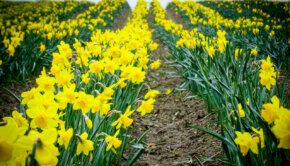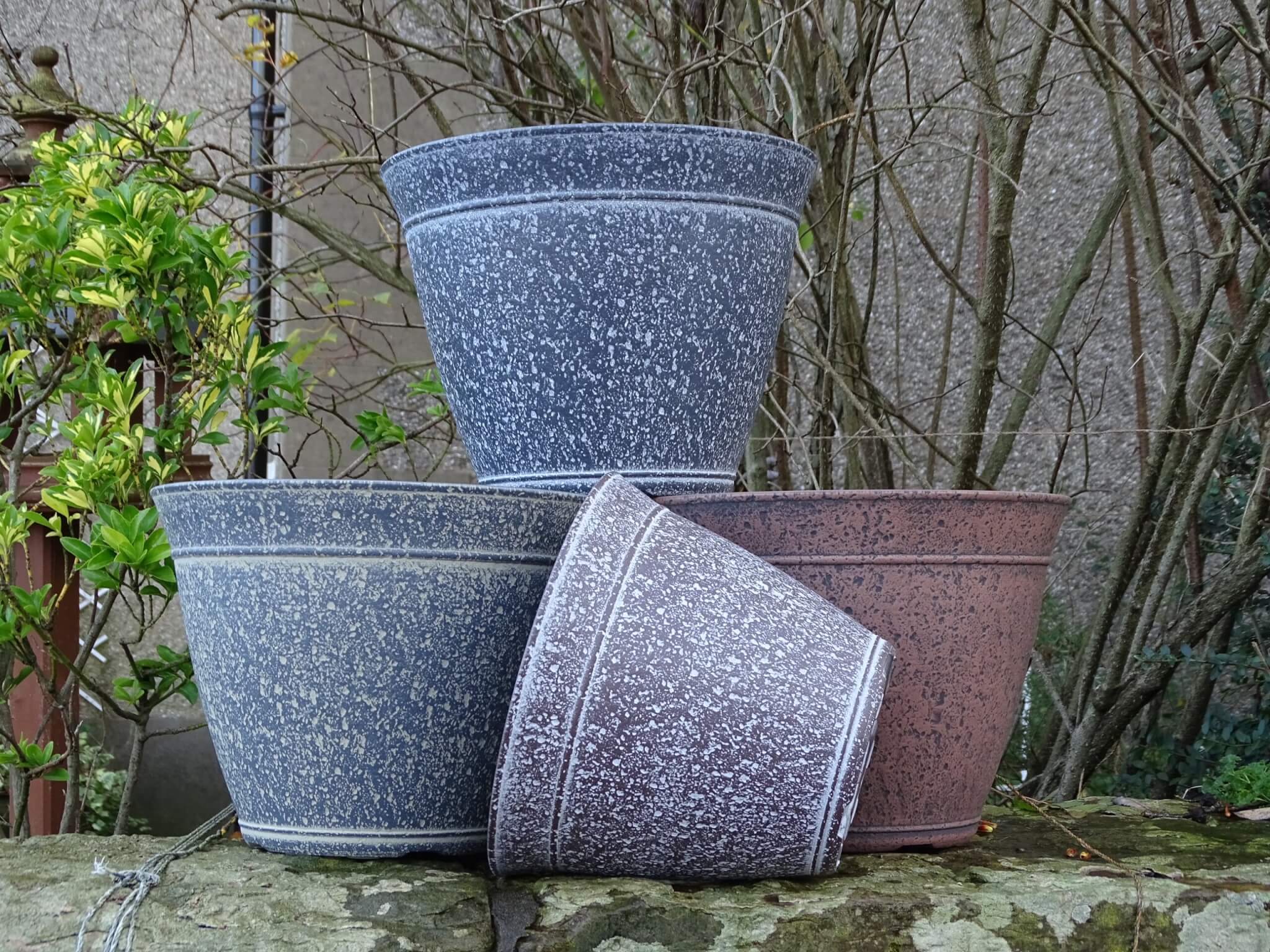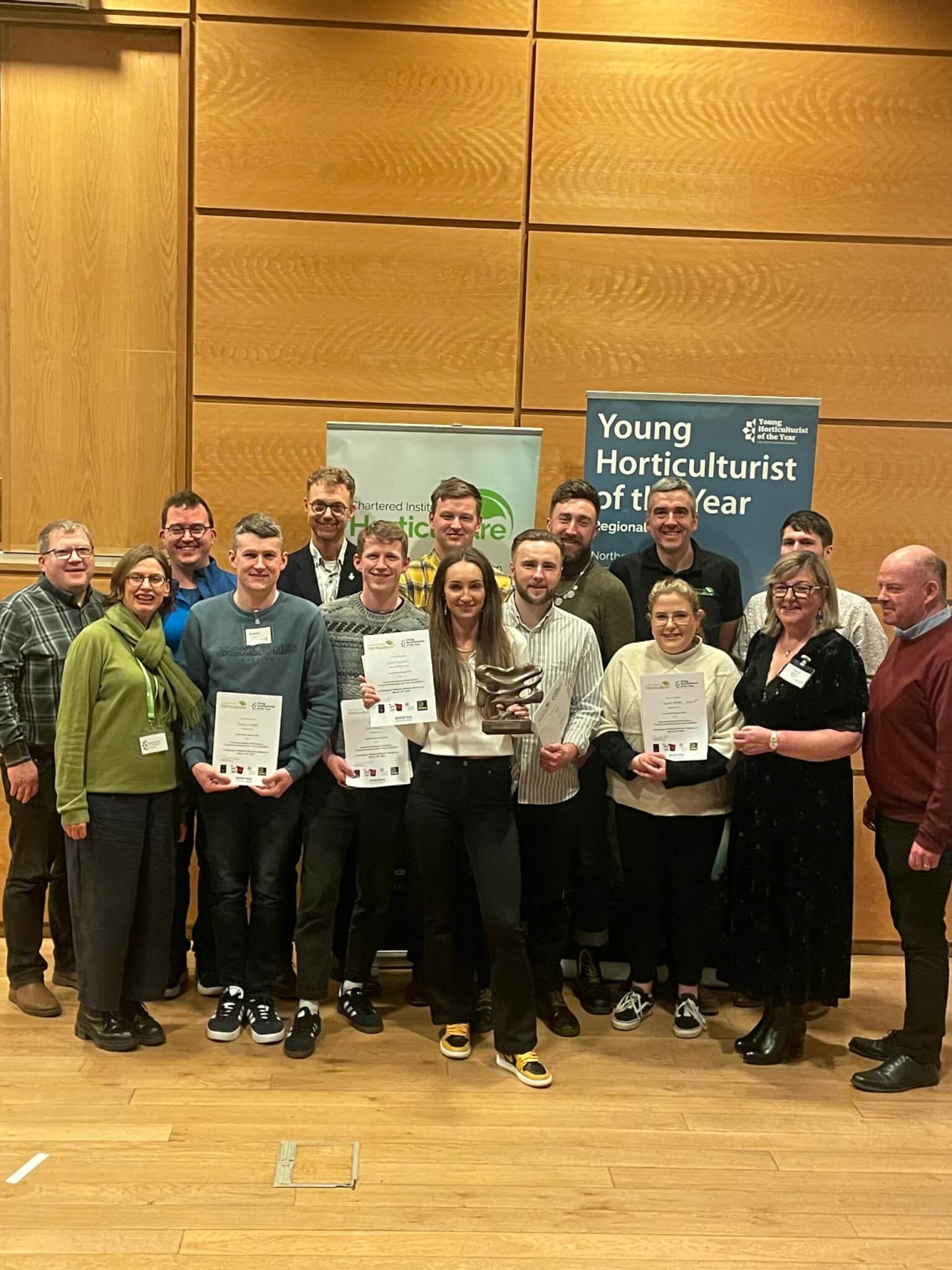Bloom garden designer gives top tips for utilising small spaces

Kevin Dennis, award-winning garden designer and Bloom 2019 garden designer of "FBD Insurance Urban Sanctuary Garden", shares his top five tips on transforming small spaces into leafy paradises.
16 May 2019
Canadian-born Kevin Dennis is a multi-award-winning garden designer and horticulturist who is re-imagining the urban environment in the belief that city gardens are the key to the future of urban living.
Dennis has won three gold medals at Bord Bia’s Bloom festival in the past five years for his show gardens which focus on the future of outdoor urban living. Over this past seven months, Dennis has been secretly working on a selection of key garden designs, having been retained by FBD, for Bloom 2019.
Dennis and his company, Cityscape Gardener, who together create bespoke garden designs which encourage people in cities to benefit both mentally and physically from enjoyable outdoor spaces, will spend the month of May breaking ground on a 160 square metre site in the show garden area at Bloom.
Dennis hopes that the visitors to Bloom will enjoy his garden as he seeks to inspire those living in towns and cities to become more engaged with their outdoor spaces and remind people that Ireland is now a place of diverse possibilities. Dennis’s garden design for this year’s Bloom festival, commissioned by FBD, is entitled “FBD Insurance Urban Sanctuary Garden”.
Dennis’s top tips for making the most of small spaces
1. Even tiny spaces are useful
You can achieve a lot in any space and urban gardens can take all kinds of forms, depending upon what the space calls for. If you have a rooftop, a patio, or even a concrete slab, you can use containers, pots, and planters to grow all kinds of plants, even vegetables.
If you have access to a front porch or any kind of overhang, all kinds of things can be planted in hanging baskets. Flowers are popular, of course, but salad greens, tomatoes, and strawberries can also thrive in baskets.
Vertical wall planters are the new trend maximising wall space and are great for herbs, and even in the shade, plants can bring a dark wall to life.
If you have any south-facing windows, window boxes are a great option for creating a green extension of your apartment that doesn’t take up any of your living space.
2. Think big and be bold
Don’t be afraid to be bold and look at using big and leafy plants to add drama and vertical character. Large architectural plants also work well when lit up at night for example a tree fern in a shady spot will thrive and look great.
However, be careful that you don’t plant anything that you can’t control or it will grow too big. Scale and proportion always needs to be considered in garden design and it is better to have a good range of plants of different sizes, textures, and forms.
3. Don’t waste walls – if you can’t go outwards, go upwards
It is crucial to utilise your wall space when your space is limited. You can attach planters to walls or fences, or secure mesh or trellising to encourage climbers to reach for the skies. Even walls that are shaded at the base may still have plenty of sunlight for climbing plants. In the past I have even recycled an old pallet into a funky planter for herbs like mint, chives, thyme, and basil.
Naturally climbing or sprawling plants that can be trained to grow upwards include delicious kiwi fruits, grapevines, and a whole host of climbing beans, peas, squashes, and vining tomatoes. Just make sure that the supports are sturdy enough to hold the plants up, as they can get very heavy once they start to grow.
Vertical wall planters are the new trend maximising wall space which are great for herbs and even in the shade plants can bring a dark wall to life. You can incorporate a variety of plant sizes, from spillers, fillers, and thrillers without major commitment.
If you change your mind about where you want the wall pocket, you can move it, and as everything has its own container, the worry about companion planting goes out the window. This is a great option for beginners.
4. Shade can be good
Nature works in funny ways and there are very few environments on the planet where plants will not grow, so even shade areas on your balcony or backyard should have no problem.
North or east-facing balconies that don’t get a lot of sunlight can be useful for growing a variety of plants. Many plants thrive in shady conditions, such as astilbe hybrids, amethyst flower, heuchera, evergreen ferns, and garden hydrangea.
5. Be mindful and leave space for you
It can be easy to go over the top once you get your fingers green and many people tend to over-fill their garden or balcony. Make sure that you leave enough space to sit in the garden and enjoy it on sunny days.
It is also a good idea to ensure that you have enough space to move around and walk through the garden. Try and create a little pathway through the garden, the theory of mindfulness is to see a destination or endpoint where you can rest, this alone soothes the soul.



 Print
Print








Fans 0
Followers